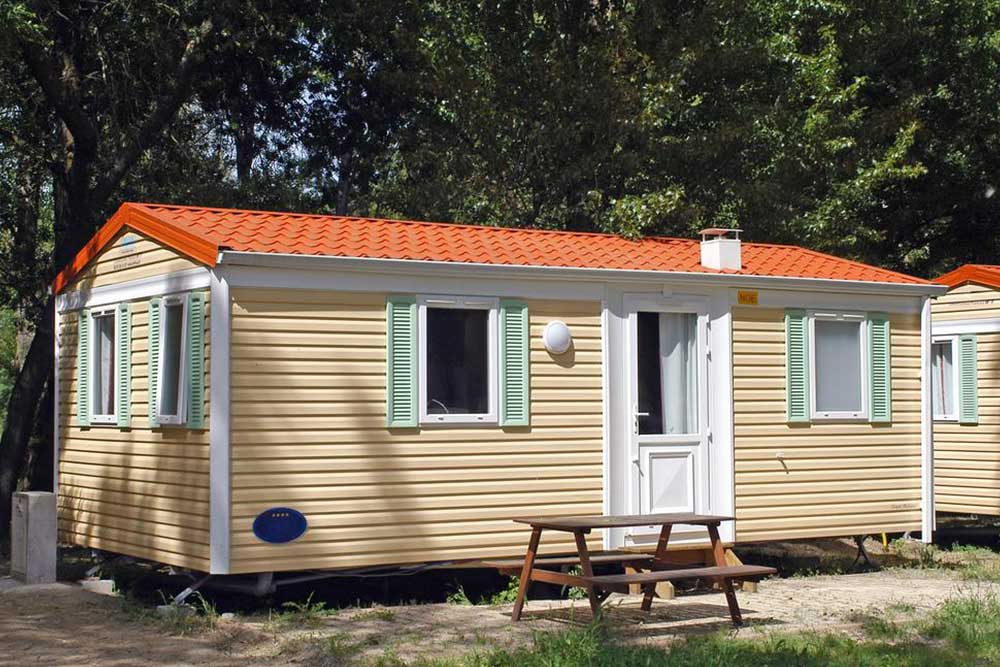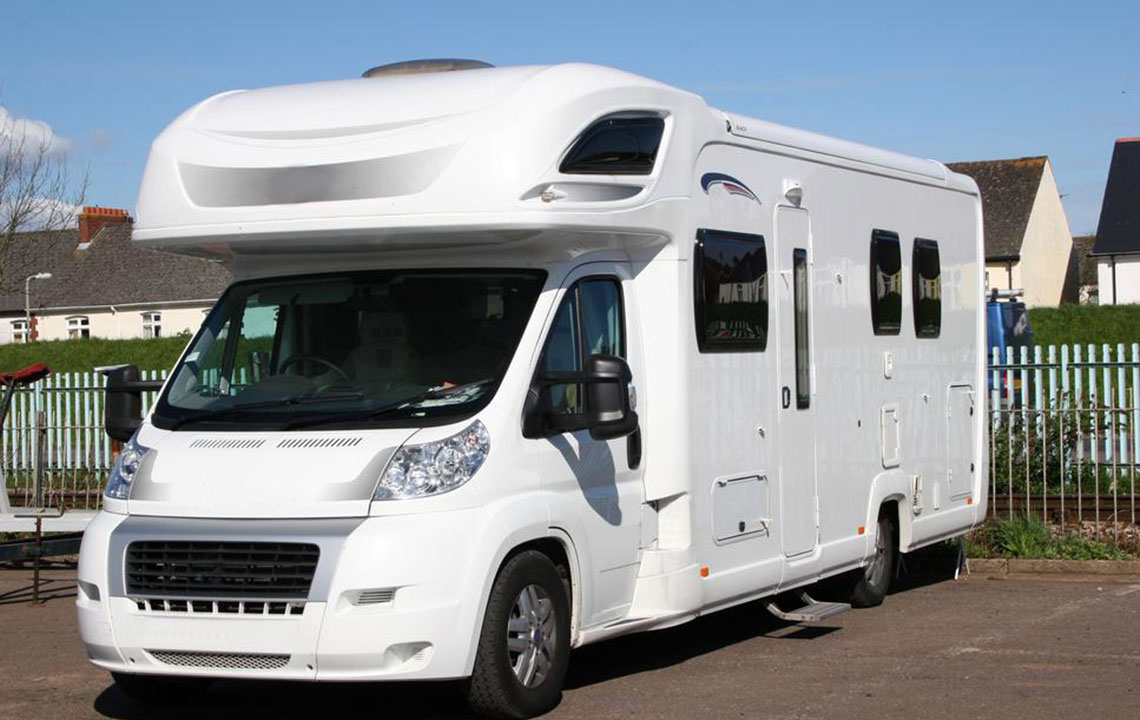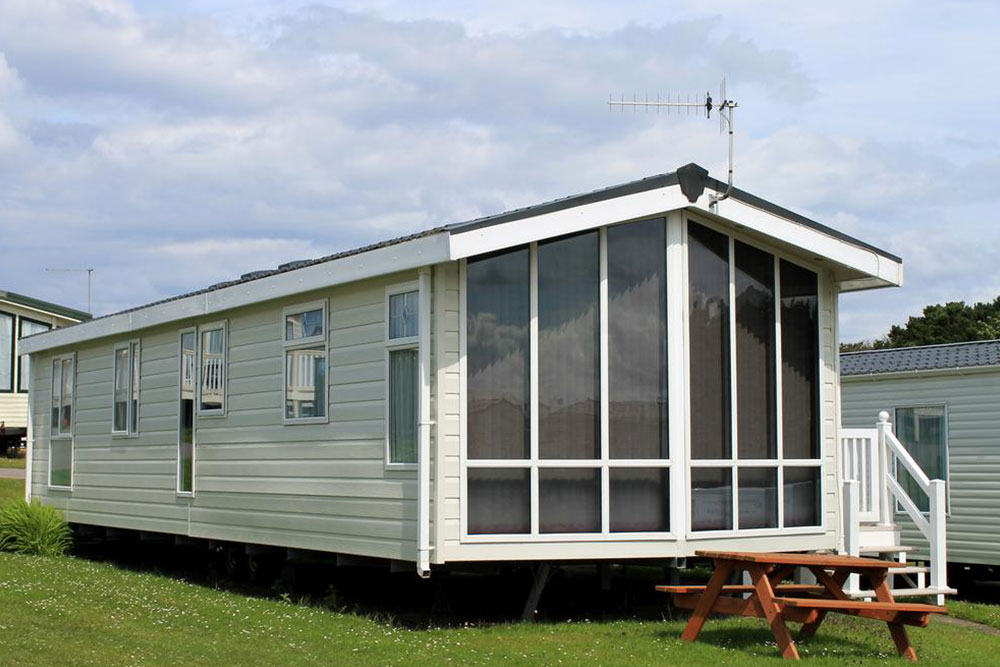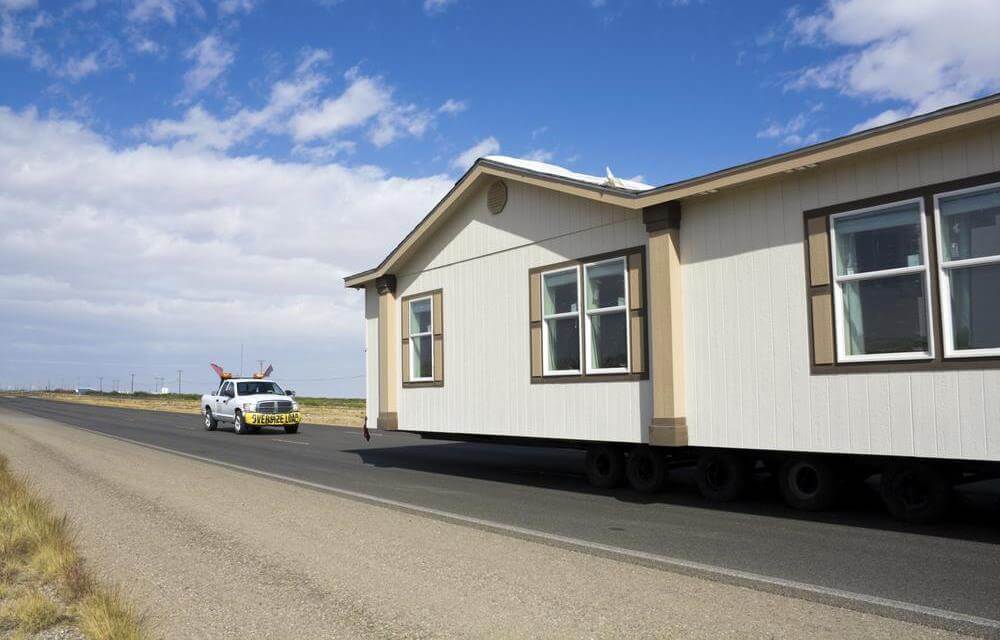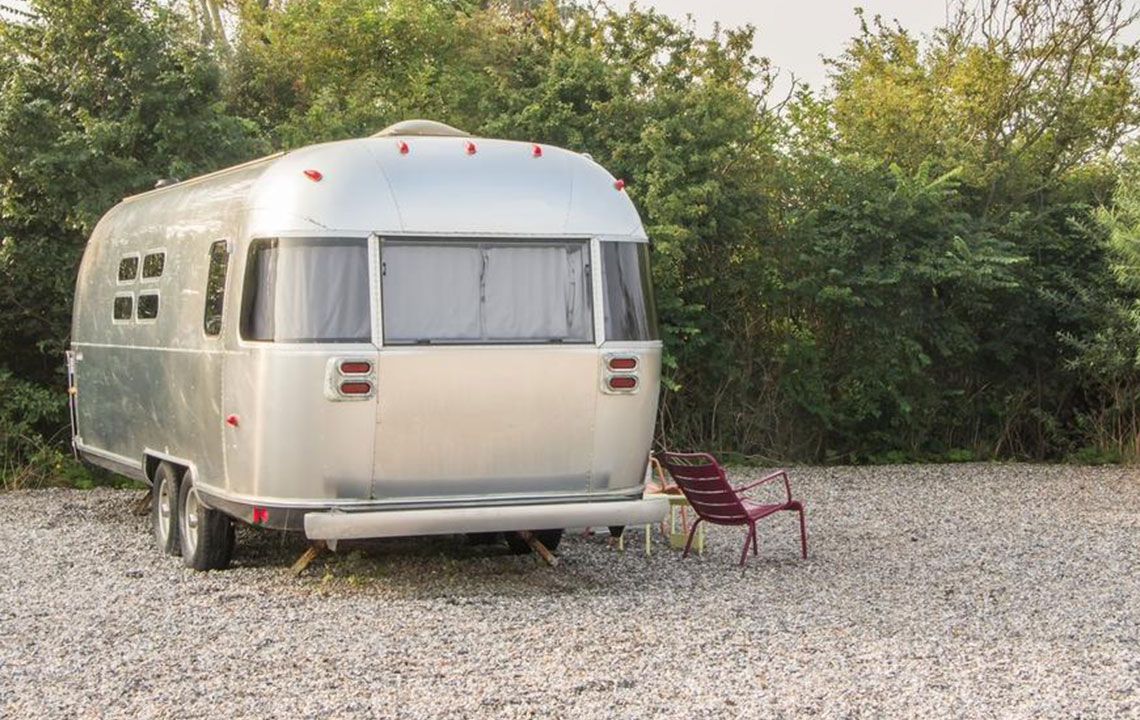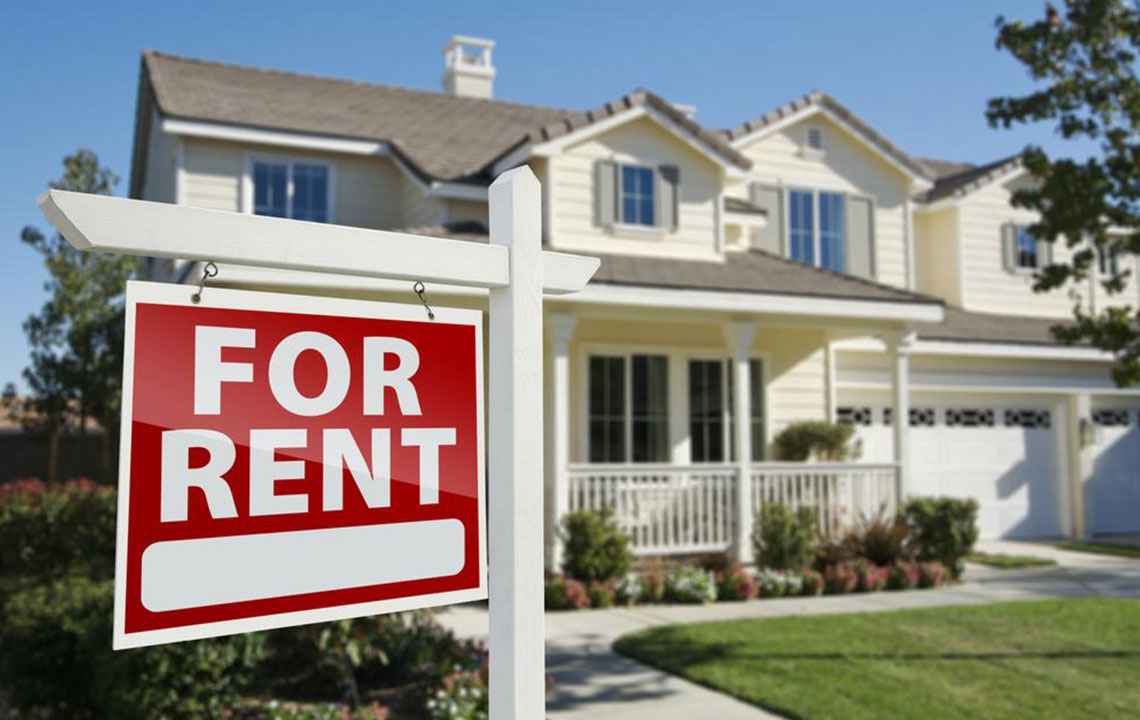The Evolution and Advantages of Modern Mobile Homes: A Comprehensive Guide
Explore the comprehensive evolution of mobile homes, from their origins as small trailers to the modern, customizable, and durable housing solutions they are today. Learn about their historical development, design advancements, and emerging trends that make mobile homes a popular choice for various lifestyles, including permanent residences and vacation homes. Discover how regulatory standards and innovative construction techniques have improved resilience, comfort, and affordability in mobile housing — ideal for families, retirees, and seasonal residents seeking flexible living options.
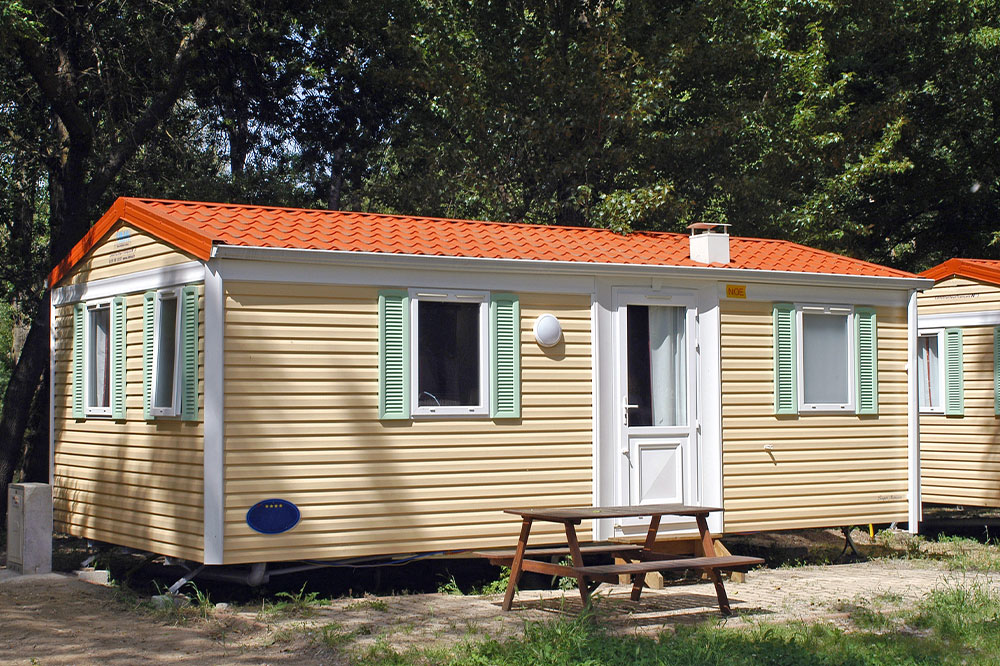
The Growing Popularity of Contemporary Mobile Homes
Mobile homes, frequently referred to as manufactured houses or prefabricated homes, have experienced significant growth over recent decades, transforming from simple caravans into highly customizable and durable living spaces. These mobile, factory-built dwellings are designed to offer flexible housing options, serving various needs such as permanent residences, vacation getaways, or temporary shelters. Built on a sturdy chassis with wheels and axles, mobile homes can be transported easily via trucks or cars, making them an appealing choice for those seeking mobility and affordability in housing.
Historically associated with affordable housing and mobile workers, these dwellings have undergone a remarkable evolution since their inception in the mid-20th century. Initially crafted as compact, narrow structures primarily aimed at providing cost-effective solutions, modern mobile homes have expanded in size, design, and durability. They now feature spacious interiors, modern amenities, and customizable layouts, catering to diverse lifestyles and aesthetic preferences. This shift reflects advances in construction techniques, material quality, and regulatory standards, emphasizing both resilience and comfort.
Mobile homes are versatile living solutions, suitable for long-term residence, seasonal vacations, and emergency housing. Since the 1950s, their popularity has surged among families and individuals seeking affordable, flexible housing options. The early models were small, often less than eight feet wide, but technological advancements and design improvements have significantly increased their size and durability. The transition from traditional trailers to permanent, well-engineered structures has expanded their appeal, especially after 1976 when the industry standardized the term "manufactured homes." These homes, increasingly fixed in place or semi-permanent, offer a balance between mobility and stability, making them attractive options in various living arrangements.
Historical Development of Mobile Homes
The journey of mobile homes is marked by progressive enhancements in size, construction quality, and regulatory standards. During the 1960s and 1970s, manufacturers began producing wider models, improving interior space and comfort. Initially, these homes were transported on wheels with their axles and tongues intact, emphasizing mobility. However, in recent decades, many owners and developers have opted for permanent installations, removing wheels and axles to meet local building codes and zoning laws. This shift has influenced how mobile homes are perceived—from transient trailers to permanent housing options suitable for year-round living.
Modern mobile homes are typically delivered in sections, assembled on-site, which simplifies transportation and enhances customization possibilities. Single wides are usually about 18 feet wide and 90 feet long, while double wides are at least 20 feet wide with similar lengths, constructed from two sections joined together. Larger modular units with multiple sections are also common, providing expansive living spaces that rival traditional homes in size and comfort. Many mobile homes are placed in dedicated parks where land is rented, providing residents with utilities, communal facilities such as swimming pools, playgrounds, and clubhouses. Only a small percentage of double wides remain mobile, frequently serving as stable, long-term residences rather than transient units.
These dwellings are predominantly found in mobile or trailer parks, many tailored to retirees, seasonal residents, or vacationers. Double wides, built with enhanced structural integrity, comply with local building standards, thereby supporting long-term value and resilience. Single wides are often utilized in rural areas or as emergency shelters during disasters due to their smaller size and ease of setup. Their affordability and flexibility make them an attractive housing alternative across various regions.
Emerging Trends in Mobile Home Design and Usage
In recent years, there's been a noticeable shift in how mobile homes are perceived and utilized. Many homeowners are investing in land purchase, turning mobile home parks into vibrant communities with shared amenities like swimming pools, community centers, and recreational facilities. This trend enhances the quality of life for residents and fosters a sense of community. Built to strict US Department of Housing and Urban Development (HUD) standards, modern mobile homes typically range between 500 and 2,300 square feet, offering generous, thoughtfully designed spaces.
Contemporary mobile homes incorporate modern architectural features such as vaulted ceilings, recessed lighting, and open-concept layouts. Additional features like modular kitchens, expansive closets, and entertainment centers add to their appeal, making them comparable in comfort and style to traditional houses. Manufactured homes are constructed in controlled factory environments, ensuring high-quality standards and reducing delays caused by weather or on-site issues. They are fully customizable, allowing buyers to select layouts, finishes, and upgrades tailored to their preferences. The entire process—from design and manufacturing to transportation and installation—typically takes between 8 to 14 weeks, offering efficient and cost-effective housing solutions that meet modern demands.
Furthermore, the durability of materials used in these homes ensures they withstand various weather conditions, providing lasting comfort and security. They are eligible for bank financing, making homeownership more accessible for many Americans who might not qualify for traditional mortgage options. As the industry continues to innovate, the gap between mobile and traditional housing narrows, establishing mobile homes as a sustainable, attractive alternative for diverse housing needs and lifestyles.
